In bilateral meetings on the sidelines of the 8th Clean Energy Ministerial (CEM) and 2nd Mission Innovation (MI) the Indian delegation and US delegation found some common ground on coal and water issues.
There is a lot of progress in clean coal technology in India and the U.S. Energy Secretary, Rick Perry, who led the US delegation, seemed keen to tap into that.
The high-level meetings at CEM and MI bring together 24 member countries and the European Union that account for 80% of the world’s energy consumption, about 90% of global energy investments and 75% of global greenhouse gas emissions, to share knowledge and finances to accelerate the transformation to clean energy.
The U.S. was the one that pushed for the formation of the CEM that was launched in 2010 and hosted the last CEM in San Francisco. Despite some apprehensions about the role US would play after Donald Trump’s announcement that the country would withdraw from the Paris agreement, the presence of Perry indicated that US is still keen to take advantage of the changing energy scenario and to try and push its agenda.
“There was hardly any mention of the issue, climate change,” India’s Science and Technology Minister Harsh Vardhan, who is leading the Indian delegation, said. “They are pushing for clean coal.”
Clean coal, natural gas and nuclear energy seemed to be the preferred sources for the US which tried to highlight their role in transforming the energy sector in closed-door meetings with other countries.
“Earlier there was not so much of interest,” Harsh Vardhan said of the US and said that in his interaction with Perry he told the US energy secretary, “now since you have taken interest we can collaborate on the development of clean coal technology.”
Clean coal technology is used in supercritical thermal plants are the next generation of coal power plants that are low on emissions and highly efficient in power production.
The other area of interest that emerged in the bilateral talks was: water assessment and quality management.
We talked about how “to promote more research collaboration on the availability of water and its potability,” Harsh Vardhan said. “We already have significant collaboration with the European Union.”
The CEM works as a multilateral body through initiatives and campaigns that member countries can join. There were four new campaigns launched at CEM 8 and India has decided to join two of them: Electric Vehicles and Advanced Power Plant Flexibility.
These areas will be the focus of activities in the coming year.
“These areas are very important for us,” a highly ranked official from the power ministry said. “We need to integrate renewables into the grid, but for that thermal power plants have to be flexible.”
The BRICS countries (Brazil, Russia, India, China and South Africa) also met on the sidelines of the summit. “We talked about exploring the possibility of data sharing on energy at the BRICS meeting. Russia was pushing that. It is not agreed we are still talking about it,” the power ministry official added. “We are also exploring the possibility of working together in the gas sector.”



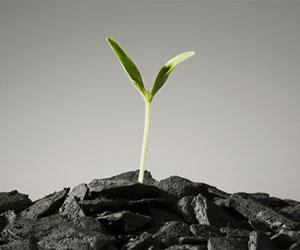


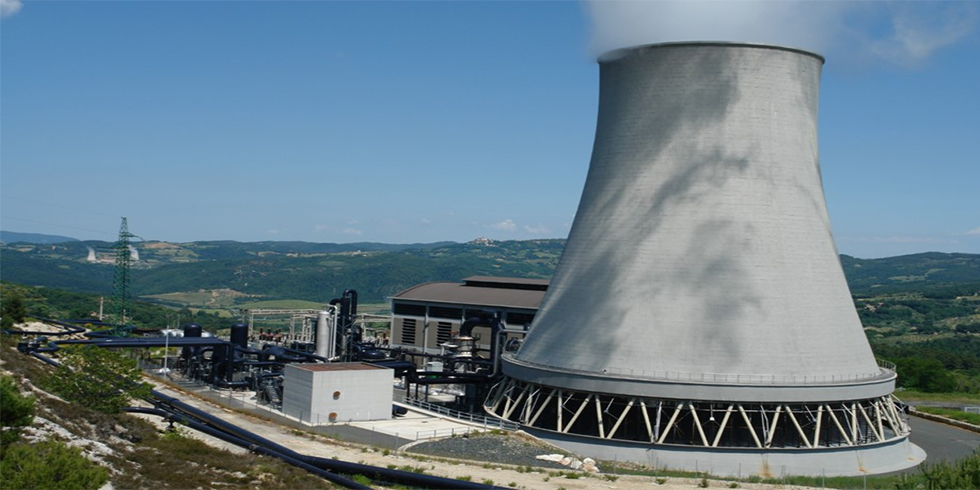
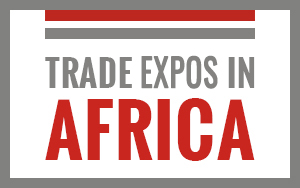
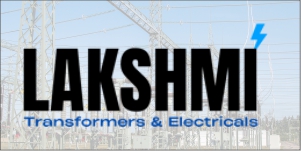
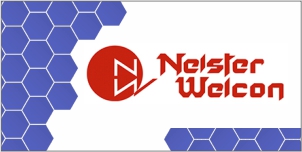
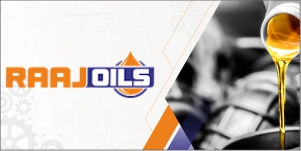
Add Comment